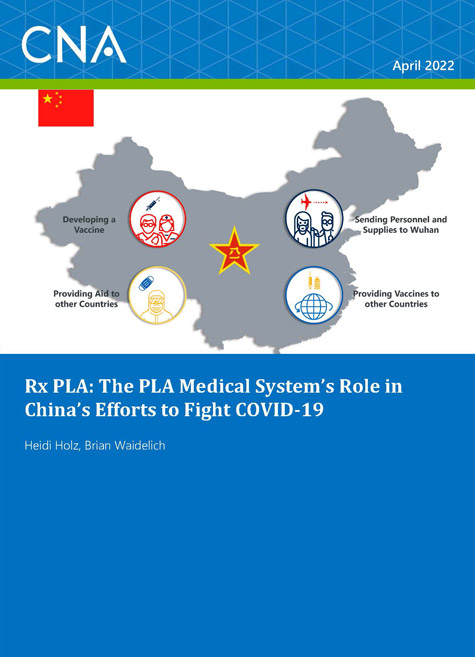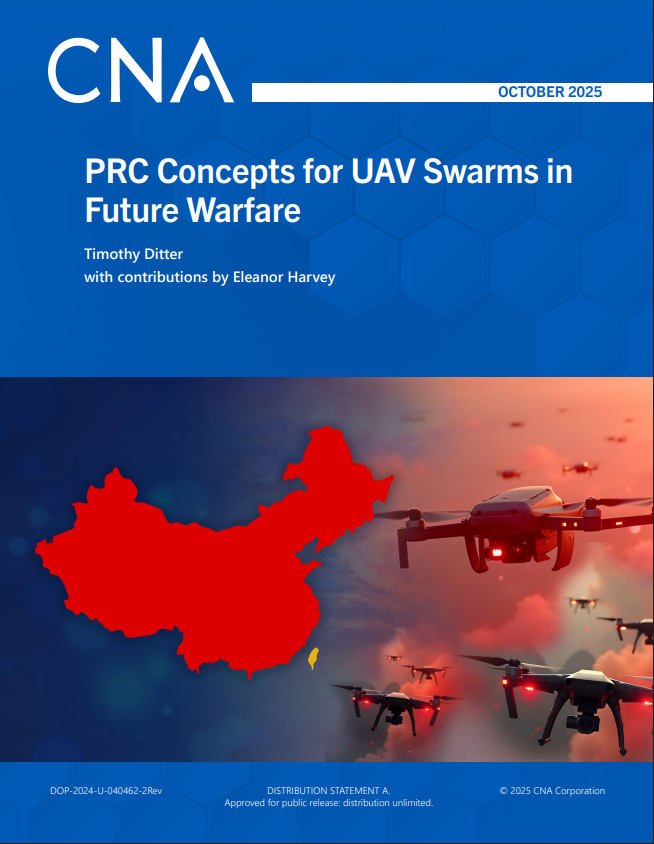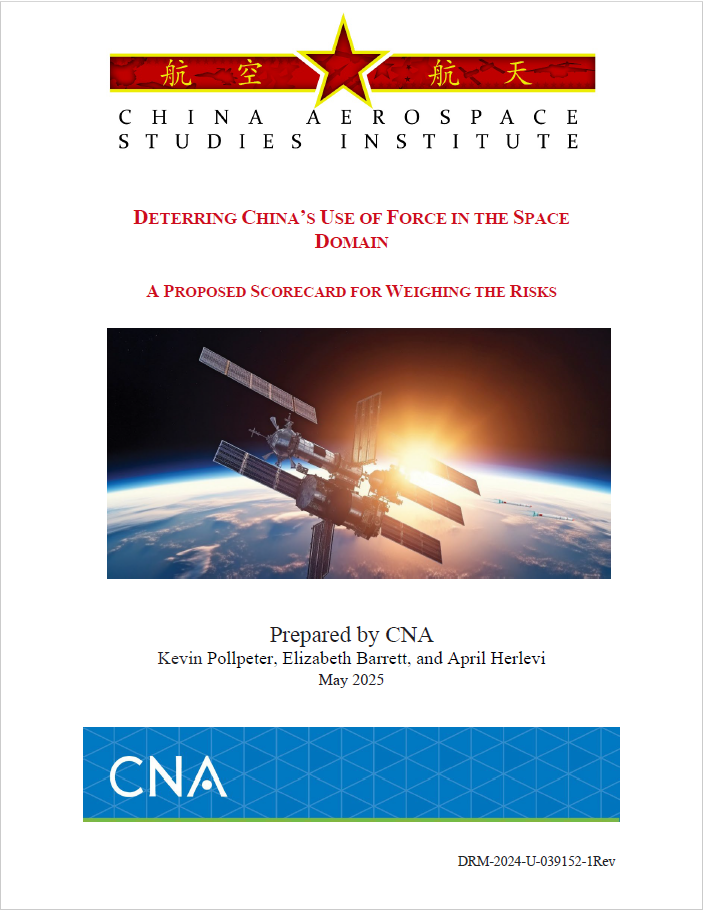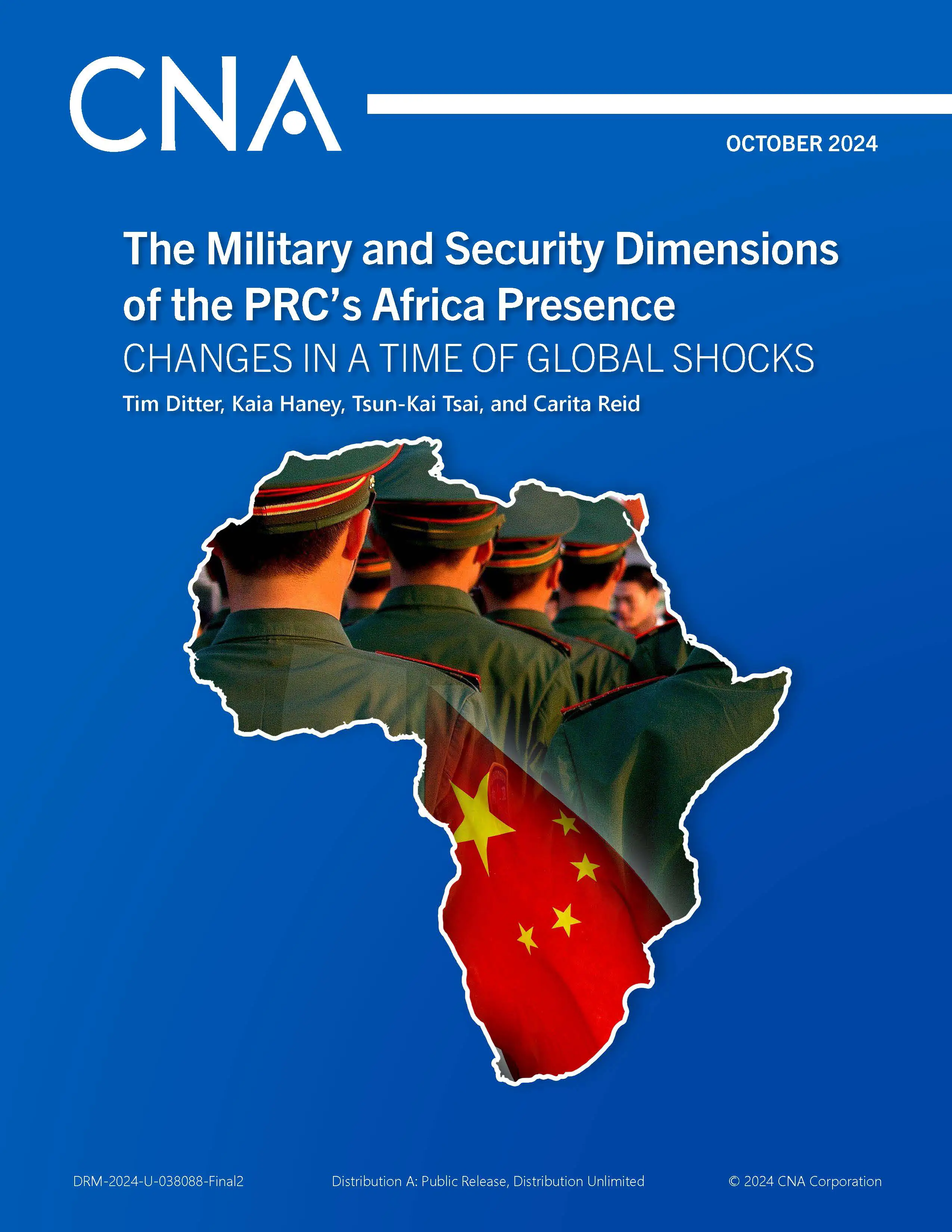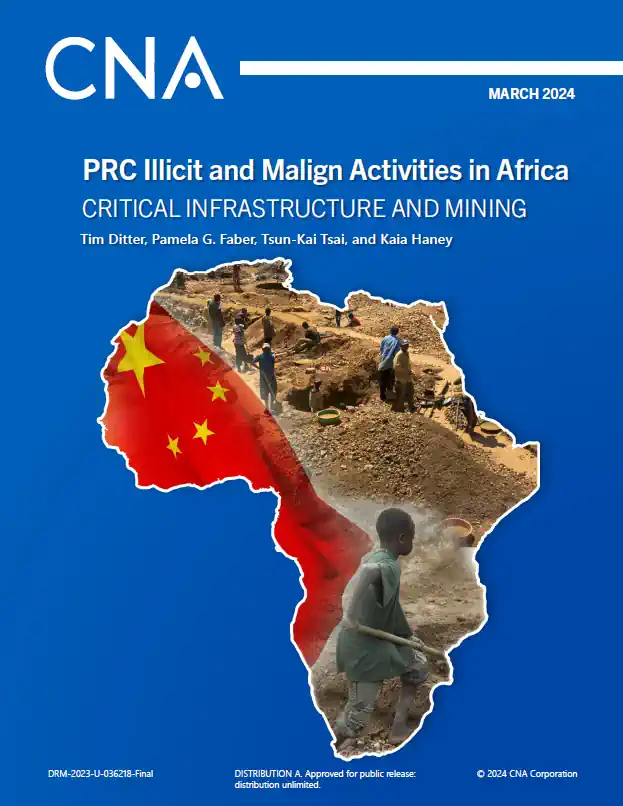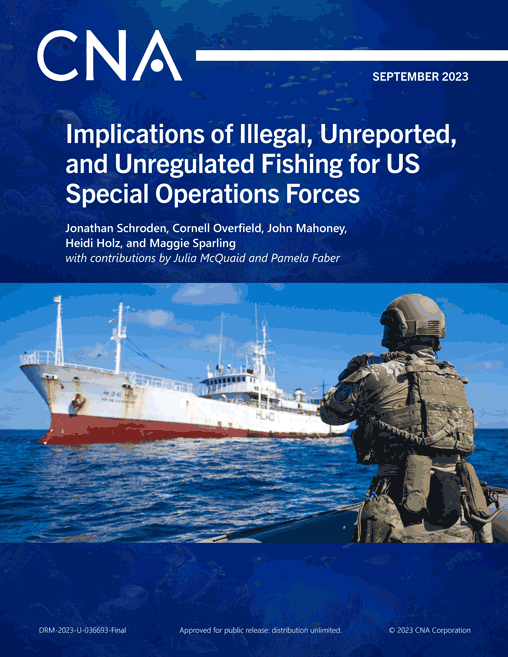The medical institutions and personnel of the Chinese People’s Liberation Army (PLA) have played a key role in the People’s Republic of China’s (PRC’s) efforts to respond to the COVID-19 pandemic, both domestically and internationally. In this paper, we examine the PLA’s response to the COVID-19 pandemic in order to derive insights about the People’s Liberation Army medical system’s capabilities.
Insights about the PLA medical system’s capabilities
The PLA has medical professionals with diverse capabilities and types of experience.
- In the COVID context, medical professionals include frontline responders with experience fighting previous pandemics, researchers and technicians skilled in vaccine development, and medical experts capable of providing remote training and telemedicine services.
- However, it is unclear how many and what types of experienced medical personnel are in the PLA. PRC writings have refrained from citing specific numbers or percentages tied to medical professionals’ capabilities or specializations.
The PLA has the capability to quickly deploy large numbers of medical professionals and supplies to distant locations within China.
- The first PLA personnel and supplies arrived in Wuhan only a few days after PRC leadership publicly acknowledged the outbreak.
- By the end of March, 4,000 PLA medical personnel and hundreds of tons of medical supplies and equipment had flowed into Wuhan from all over China.
The PLA has the capability to deliver teams of personnel, supplies, and vaccines to countries all over the world.
- The PLA provided COVID-19 aid—including teams of medical experts, PPE, andvaccines—to more than 50 countries around the world.
- Perhaps one of the most noteworthy aspects of the PLA’s provision of aid to other countries is that it was frequently delivered by PLAAF aircraft. PLAAF transport aircraft delivered aid to at least 20 countries in the Indo-Pacific, Middle East, and Africa.
Several aspects of the PLA’s response demonstrated “jointness.”
- The response was led and implemented by joint organizations; it involved medical personnel from each of the PLA’s services and forces; and it relied on PLAAF aircraft to transport personnel and supplies provided by other services.
A few PRC media reports and journal articles by PLA subject matter experts criticized aspects of the PLA’s response to the pandemic. They identified the following weaknesses:
- Information sharing was poor.
- The communications infrastructure was lacking.
- PPE reserves were insufficient.
- There was a lack of counseling services for frontline responders.
A conflict scenario could test the PLA’s medical system in ways that the pandemic did not.
- The PLA’s response to the pandemic suggests that it has capabilities—infection control, quarantine, etc.—that would be relevant to handling nuclear, chemical, and biologicalattacks.
- However, an armed conflict would almost certainly require other capabilities, such as the ability to manage and treat combat casualties.
- Moreover, a conflict, especially one fought on exterior lines of communication, would pose operational challenges that were not experienced during COVID-19. For instance, competing priorities for airlift could result in the postponement or denial of JLSF requests for PLAAF transport aircraft.
This document contains the best opinion of CNA at the time of issue. The views, opinions, and findings
contained in this report should not be construed as representing the official position of the Department
of the Navy.
DISTRIBUTION STATEMENT A. Approved for public release: distribution unlimited.
This work was performed under Federal Government Contract No. N00014-22-D-7001.
Details
- Pages: 68
- Document Number: DRM-2022-U-032422-Final
- Publication Date: 4/21/2022
